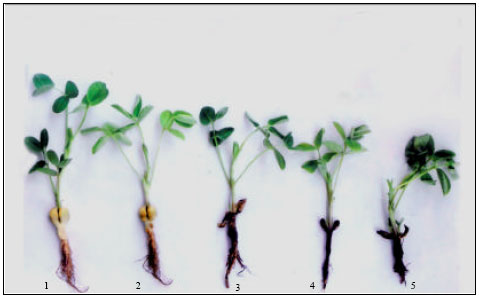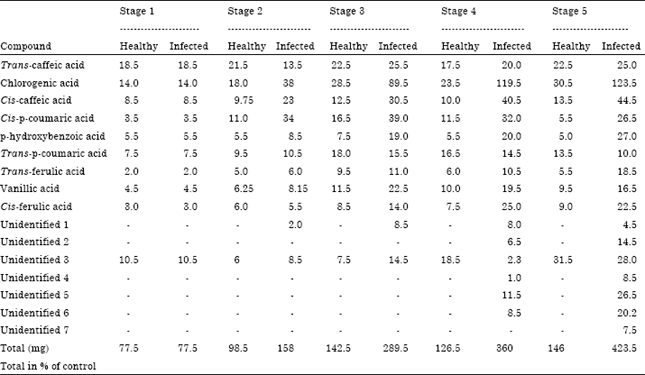Research Article
Phenolic Acids Associated with Sclerotium rolfsii in Groundnut (Arachis hypogaea L.) During Pathogenesis
Department of Applied Microbiology, Sri Padmavati Mahila VisvaVidyalayam, Tirupati, A.P., India
M.N. Reddy
Department of Applied Microbiology, Sri Padmavati Mahila VisvaVidyalayam, Tirupati, A.P., India










